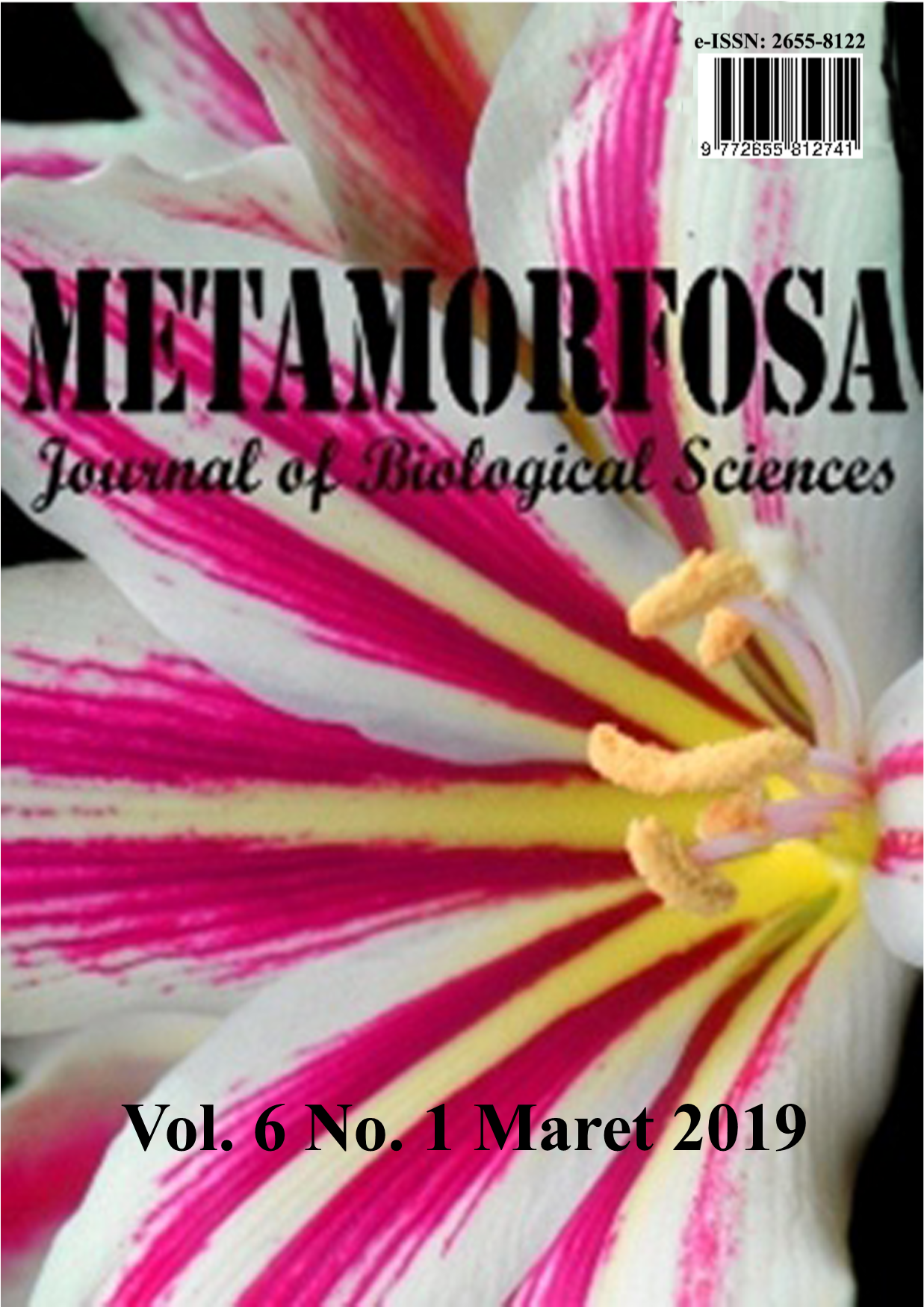Ecology and Invasiveness Potential of Acacia decurrens in Several Parts of Mount Merapi National Park Area Yogyakarta
Abstract
Acacia decurrens, originally from Australia, is a woody plant that has become a concern in the erupted areas of Merapi volcano in 2006. The purpose of this study was to quantitatively describe the ecology of Acacia decurrens, and its invasive potential. Vegetation analysis was carried out in four areas of Mount Merapi National Park (TNGM), namely Kalikuning, Kaliadem, Plawangan and Pranajiwa. Ordination using the Non Metric Multidimensional Scaling (NMDS) method and Canonical Correspondence (CCA) and Spearman's bivariate correlation were carried out in data analysis. The results of NMDS analysis (2D stress = 0.14) showed that open areas due to eruption in Kaliadem are now dominated by A. decurrens. The results of the analysis also showed a significant negative correlation (Spearman rho = 0.6) between the abundance of A. decurrens and the level of species diversity in the sampling location. From the results of CCA, A. decurrens in the seedling stage appeared to coexist with other types of ground cover such as Alangium javanicum and Araliaceae. But in the tree phase, this species tended to form pure stands and only occasionally appeared to live side by side with other types of Fabaceae such as Albizia lopantha. Tree-level A. decurrens seemed to prefer sites with lower pH levels while A. decurrens seedling levels were more commonly found in sites with higher pH. Acacia decurrens have the potential to become a weed in TNGM due to its dominant distribution and tendency to decrease the level of species diversity in TNGM.





